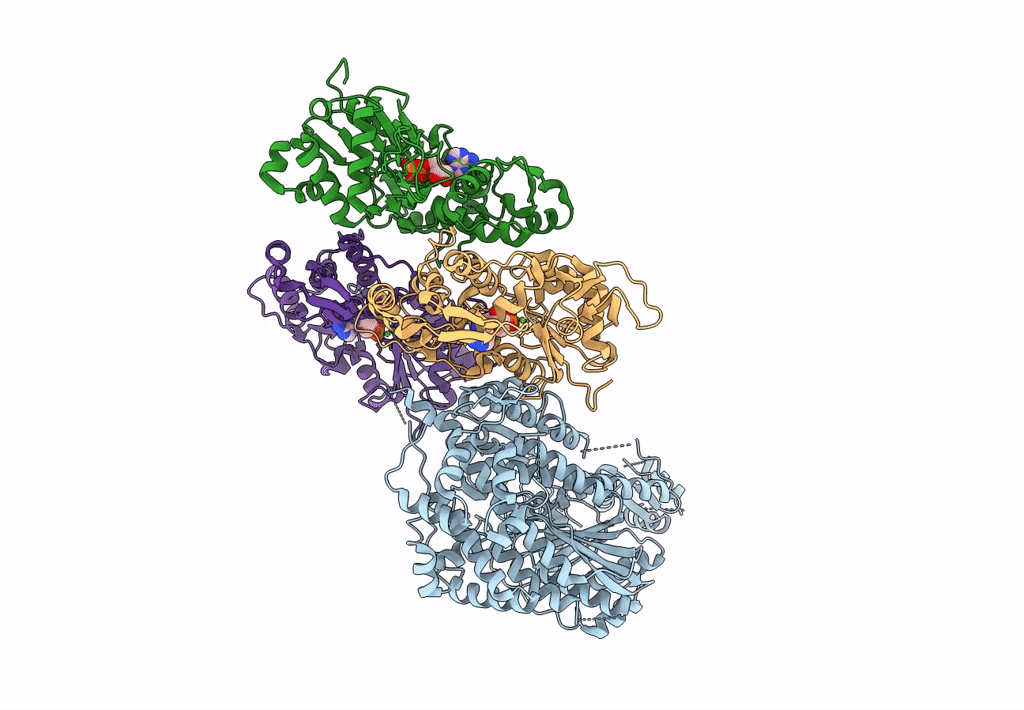
Deposition Date
2020-10-05
Release Date
2021-01-13
Last Version Date
2024-03-06
Entry Detail
Biological Source:
Source Organism:
Gallus gallus (Taxon ID: 9031)
Chara corallina (Taxon ID: 43696)
Chara corallina (Taxon ID: 43696)
Host Organism:
Method Details:
Experimental Method:
Resolution:
4.33 Å
Aggregation State:
FILAMENT
Reconstruction Method:
HELICAL


